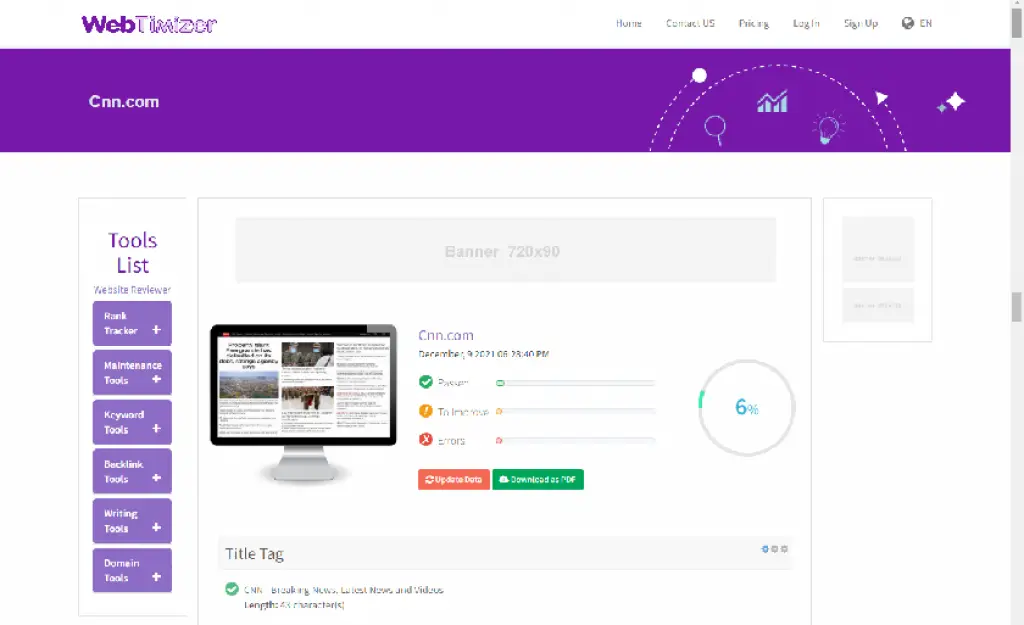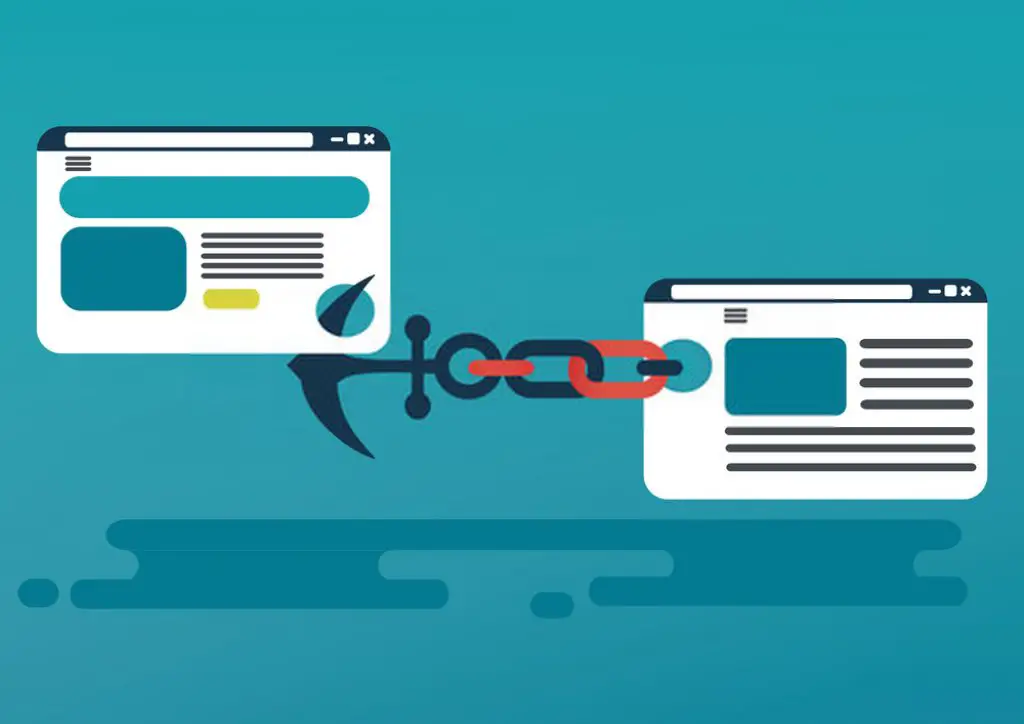

I hope you enjoy reading this blog post.
If you want my team to just do your marketing for you, click here.
Want to learn how to rank websites higher through enforcing technical SEO best practices? Technical SEO is among the most interesting aspects of SEO and certainly, a very vital one.
There’s a distinct feeling of satisfaction when you notice Google indexing and enhancing the pages on your site. In the same way, it can be really disappointing when you find out that search engines are taking forever to index your posts and pages.
Don’t worry though. This article will show you the technical SEO best practices you need to enforce to make sure all your web pages are indexed correctly and that your website ranks well on search engines.
Simply because it’s called “technical” does not mean you have to be a developer to perform it. You might, however, need to have some basic web design skills (just a little bit). Be informed that this is totally different from off-page SEO.
In this post, I’ll walk you through what technical SEO is all about and the Technical SEO best practices you can apply to get your website in the best shape possible to perform well on SERPs.
What is Technical SEO?
The term “technical SEO” refers to the procedure of optimizing websites to help the search engine to discover, crawl, and to index them to make them rank higher. In general, it covers all specific technical elements of SEO.

My Agency can Help You Make Money Online
Cashcow Videos - we create engaging faceless cashcow and business explainer videos that earn passive income.
Monetized Blogs - select from our list of ready-made niche blogs that are already approved for monetization.
Business or Website Traffic - using various digital marketing strategies, we drive massive amounts of targeted traffic to your website.
It is not just that technical SEO guarantee that your site will appear in the results of search engines, but it can also significantly impact the rankings of your site. It’s a broad area that covers a broad range of SEO subjects, such as:
- XML Sitemaps
- Crawling and indexing
- SSL certificates
- Mobile optimization
- External and internal links
- Speed of the site
- Site structure
- Image SEO
- Canonical URLs
First Steps: Conduct A Technical SEO Audit

The very first step in optimizing your website’s technical SEO is to conduct an SEO audit. There is a myriad of factors that contribute to a perfect technical SEO, as well as other on-page and on-site SEO optimization.
You may not remember all off the bat, so it’s crucial to use tools such as Ahrefs, and Webtimizer to conduct an SEO audit for your website. After the audit, it’s then time to start the optimization based on the SEO audit report.
Based on the audit report, pick from below the exact problems and follow the SEO best practices as outlined below in fixing it for top ranking:
11 Technical SEO Best Practices For Top Ranking
Here are 11 strategies you can do to improve your site indexability and the overall status of your site user experience.
1. Verify your Robots.txt File
The robots.txt file is used to prevent bots from crawling URLs that are listed inside the file. You can utilize your robots.txt file to stop search engine robots from entering certain areas of your website to protect your site or if you wish to have certain sections of your website not show up in search results.
By default, your site’s robots.txt file can be seen by adding robots.txt on your domain: “https://yourwebsite.com/robots.txt”. But first, you need to create your Robots.txt file and upload it to your domain. Our Webtimizer Robots.txt Generator can help you create a Robots.txt file easily.
Note that if Google has already found a website and you wish to remove it from the results, you must apply a no-index tag to it, and then block it with its robots.txt file to stop the page from ever being searched once more.
2. Check for Noindex Tags
This is one of the most important parts of the technical SEO best practices when it comes to making a website rank higher. Are all the web pages you want search engines to index actually indexed? That is the first thing you need to determine, and you can do that by using our Webtimizer Google Index Checker to check which of the pages in your website has been indexed.
The noindex tag allows the search engines to not display any specific page in results. This means that if you’ve got an excellent piece of content very well-ranked and you mistakenly apply a noindex label to it, it may disappear from the results of a search in a few days. Check that all of your most important pages are indexed and only apply the noindex tag when it is necessary.
To determine if a webpage has a noindex tag attached to it, simply visit the page’s source code and look for the noindex tag or the browser extensions and tools to speed up the process.
3. Submit and monitor your website to Google’s Search Console

Submitting your site for submission to Google Search Console (GSC) is the first step you must do after your website is set up and operating. The process of confirming your website’s existence through Google Search Consoles guarantees that your site will appear on the results page of Google Search Console.
There are many additional benefits too. The presence of your website in GSC lets you monitor the organic impressions and clicks. Google will also inform you of any issues when indexing and crawling your site via GSC. It’s a good technical SEO strategy.
Look for crawl errors in Google Search Console every week and correct them immediately as they are major technical problems that could affect the efficiency of your site and affect your search engine rankings.
Also, take a look at the robots.txt document in addition to making sure that you’re not blocking sites that shouldn’t be blocked.
4. Secure your website
Google announced on January 14, 2014, the fact that SSL certificates were now a light ranking factor.
The installation of one of the SSL (secure sockets layer) certificate on your site is among the most fundamental SEO techniques you can perform. However, it’s not just about rankings, but it could impact users’ experience. The browser may display an alert to the user prior to accessing a non-secure site. This may cause users to be scared off and could result in a decrease in traffic.
5. Have a Proper XML Sitemap
This is one of the most important parts of technical SEO best practices. The XML sitemap file is a list of the URLs of your website. Sitemaps are required to enable Google to discover and index your web pages. The XML sitemap once generated is then submitted in the Google Search Console.
When it comes to ranking a website higher, Google considers all URLs included that are included in the sitemap as a priority to crawl. You can easily set up an XML sitemap by either using an SEO plugin like Yoast or generate one using our Webtimizer XML Sitemap Generator. After you’ve completed the sitemap, you can submit it to Google through Google Search Console.
To accomplish this, sign in into the Google search Console account, then go to Sitemaps, then Create an additional sitemap and click “Submit.”
When your sitemap has been successfully submitted, be sure to follow the following XML sitemap best guidelines:
- In the event that you included a page within your robots.txt, you don’t need to add it in your XML sitemap anymore.
- Make sure you prioritize high-quality pages on your sitemap
- If you’ve got a huge website with more than fifty thousand URLs, make use of dynamic sitemaps that are XML-based.
6. Optimize Site Speed

Speeding up your website is one of the technical SEO best practices. Not only does it impact the rankings of your website, but it also can impact users’ experience. You can utilize tools like GTmetrix as well as Google’s PageSpeed Insights to test your site’s speed and receive suggestions regarding how to enhance it.
In this case, you may require assistance from an expert in web development on your team. However, you may have to perform optimizations on your own like compression of images, installing speed optimization software, or switching to the more speedy web hosting service.
If your website is taking an incredibly long time to open, it could significantly impact the users’ experience. Take these tips to improve the speed of your site, it’s all part of making a website rank higher:
- Utilize a Content Delivery System (CDN) – Utilize a CDN, such as Beluga CDN or Cloudflare to boost your website’s speed.
- Optimize the images on your website Use an image format that is compressed such as JPG in the majority of your blog posts. Make use of a tool like Smush to further compress images.
- Enable browser caching This allows you to temporarily store data on the computer of a visitor and they won’t need to wait around in line for the page to be loaded each whenever they come to your website.
- Allow compression: According according to Yahoo the ability to enable compression on your site can decrease HTML and CSS file size by 50% to 70%, and boost website speed by about 50.
- Reduce server response time – Google recommends keeping server response time under 200ms.
7. Make Your Website Mobile-Friendly

The mobile-friendly design of your website is one of the most important technical SEO best practices. This is because Google places a high value on mobile user experience and is believed to be among the most important ranking factors. As a lot of people use mobile phones, it’s ideal to make your website more user-friendly for users on mobile devices.
How can you test the mobile friendliness of your site? You can use any of these free tools to check if your website is mobile-friendly.
- Google’s Mobile-Friendly Test
- Bing’s Mobile Friendliness Test Tool
- GTMetrix
- HubSpot’s Website Grader
Additionally, you could use the AMP (accelerated mobile pages) to create mobile-friendly versions of your web pages.
8. Remove Links to Dead Pages
Links to dead pages are known as 404 links. They can also be referred to as “broken links”. Broken links aren’t just negative from an SEO viewpoint however, they cause a negative user experience on your website. It isn’t a good idea for any of your visitors to be redirected to a “404 Not Found” page. This creates a negative first impression, and the visitor might never visit your website again. No thanks to bad technical SEO.
This is the reason you have to be aware of damaged links that are on your website frequently and make repairs in the event that they are found on your website. Failure to do these, and your website will not rank high.
Always keep an eye out for the 404 error pages on your website and either update or redirect them to a live URL. You can use our Webtimizer Broken Links Finder to find any broken links on your site. All you need to do is enter your domain name and it will scan your entire site and find the broken links (if any).
One of the reasons why this process is important is that if there’s a link on your site to a page that has been deleted or doesn’t exist, Google could be confused and you could find coverage errors on Your GSC report. You can also use the GSC report to see any coverage errors.
9. Optimize Internal Links
Internal links are links that connect to another page on the same site. Although adding internal links is part of on-page SEO, optimizing it is an important part of technical SEO.

Although the internal link might not have the same impact on search engine rankings as external hyperlinks, they are crucial in aiding search engines to understand the hierarchy of information for your site.
The best way to optimize your internal links is by using descriptive keywords in anchor text. This is to provide a clear idea of the terms the page is trying to reach.
10. Canonical Tags
When thinking of technical SEO best practices, a canonical tag is regarded to be a sophisticated SEO strategy because they require careful implementation. Like the noindex tag and robots.txt file, incorrect canonicalization of your site can significantly impact the way Google spiders crawls and ranks your site.
A canonical tag is utilized to indicate that a page is the same as the page it’s canonical to. By default, all pages must be self-canonical. If you’d like to apply another canonical on the page, you can make use of tools such as Yoast SEO or request your developer to apply the code on various pages.
According to my experience, canonical tags are mainly utilized on online stores since they usually contain multiple listings of products with little difference from one other.
Be aware that if you need to determine if Google is properly reading your canonical tag, you can check this using Google’s URL inspection tool in Google Search Console.
Simply, click on Coverage and it will display the canonical declarations of Google and the user-declared canonical. Google always adheres to the canonical that is declared by the user, but in some instances, the bot of Google will select its own canonical since it could discover similar pages on your site.
11. Implement Structured Data Markup
Although structured data isn’t a factor in rankings in any way, it aids search engines to have an understanding of your site and the content. Using the correct structured data markup can allow your website to be able to show rich snippets of content in search results and increase your click-through rates.
It is possible to make use of Google’s test of structured data tool to ensure that the markup that you’ve implemented has not been tampered with and is recognized by Google. It’s an important component for making a website rank higher.
Final Thoughts on Technical SEO Best Practices
There you have it – 11 technical SEO best practices to rank websites higher on search engines. As you can see, technical SEO isn’t as complicated as it may sound. However, it is very important and should be taken seriously. This is because a well-designed website could be the difference between a high-ranking website and a failed one. So ensure that you adhere to these guidelines to rank your website higher.






